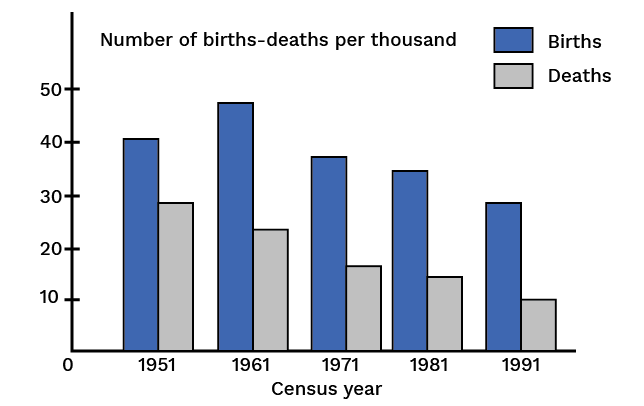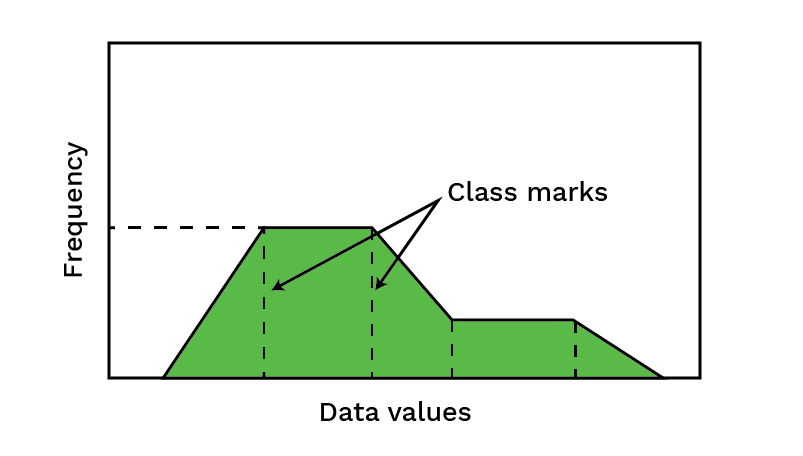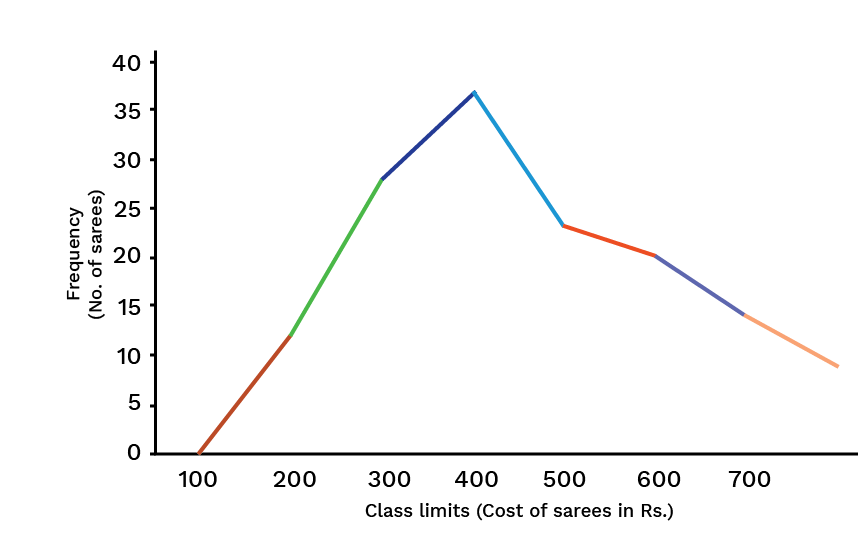Maths Notes for Chapter 12 Statistics Class 9 - FREE PDF Download
FAQs on Statistics Class 9 Maths Chapter 12 CBSE Notes - 2025-26
1. What are the main topics summarized in the Statistics Class 9 Revision Notes as per CBSE 2025–26?
The Statistics Class 9 Revision Notes cover these key topics for quick recap:
- Introduction to Statistics and its importance
- Collection and organization of data
- Types of data: raw and arranged data
- Presentation methods: bar graphs, histograms, frequency polygons
- Classification: frequency distribution, class intervals, class-limits
- Measures of central tendency: mean, median, and mode
- Steps of statistical investigation: data collection, tabulation, analysis, interpretation
2. What is the best order for revising the concepts in Chapter 12 Statistics for Class 9?
For effective revision, start with the basic definitions and the need for statistics, followed by data collection and classification. Then, move to presentation methods (tables and graphical forms), followed by frequency distributions and grouping data. Conclude with calculating mean, median, and mode with solved examples and practice extra questions on real datasets.
3. How do the revision notes help students connect different aspects of the Statistics chapter?
The notes summarize each concept in simple language, show the connections between data collection, presentation, and analysis, and illustrate how measures of central tendency help interpret grouped and ungrouped data. Visual presentations like charts and frequency polygons are explained alongside calculation techniques for better understanding.
4. What are the essential steps to follow for a quick revision before the Class 9 Mathematics exam using Statistics notes?
To revise efficiently:
- Read through the key terms and definitions first
- Review all solved examples for each calculation method
- Understand the process of making frequency tables and graphs
- Practice calculating mean, median, and mode for both grouped and ungrouped data
- Test yourself with extra questions and focus on areas where errors are common
5. What mistakes should be avoided during last-day revision of Statistics Class 9?
Common mistakes to avoid include:
- Ignoring the difference between grouped and ungrouped data
- Confusing class limits with class boundaries
- Forgetting steps in graphical representation (bar graph vs histogram)
- Skipping practice of formulas for mean, median, and mode
- Not interpreting data ranges or failing to draw conclusions from data analysis
6. How do frequency distribution tables simplify data analysis in Class 9 Statistics?
Frequency distribution tables simplify data analysis by systematically organizing large sets of numbers into classes, making patterns and trends more visible. They condense raw data, making it easier to compute central tendencies and identify data concentrations or gaps.
7. Why is it important to learn both graphical and tabular methods for representing data in Statistics?
Graphical methods (like bar graphs, histograms, frequency polygons) quickly visualize trends and patterns, while tabular methods (like frequency tables) provide detailed numerical information essential for accurate calculations and statistical analysis. Both are needed for comprehensive understanding and effective problem-solving.
8. What does 'mean' represent in a data set, and how is it calculated in Class 9 Statistics?
The mean is a measure of central tendency that represents the average value of a data set. It is calculated by dividing the sum of all values by the number of values. For grouped data, the formula is:
Mean = (Sum of frequency × midpoint of class intervals) / Total frequency.
9. What should students focus on when revising formulas for Chapter 12 Statistics?
Focus on:
- Formulas for mean (for grouped and ungrouped data)
- Calculating median for both even and odd data sets
- Finding the mode from frequency distribution
- Shortcuts for calculating class marks and cumulative frequencies
- Understanding the difference between range, class interval, and frequency
10. What higher-order thinking (HOTS) skills are developed by revising Class 9 Statistics notes?
Revising Statistics notes enhances HOTS like:
- Critical analysis of data sets and patterns
- Application of statistical methods to real-life data
- Logical reasoning to interpret and draw conclusions from data
- Ability to compare methods and choose the most suitable one for a given question































